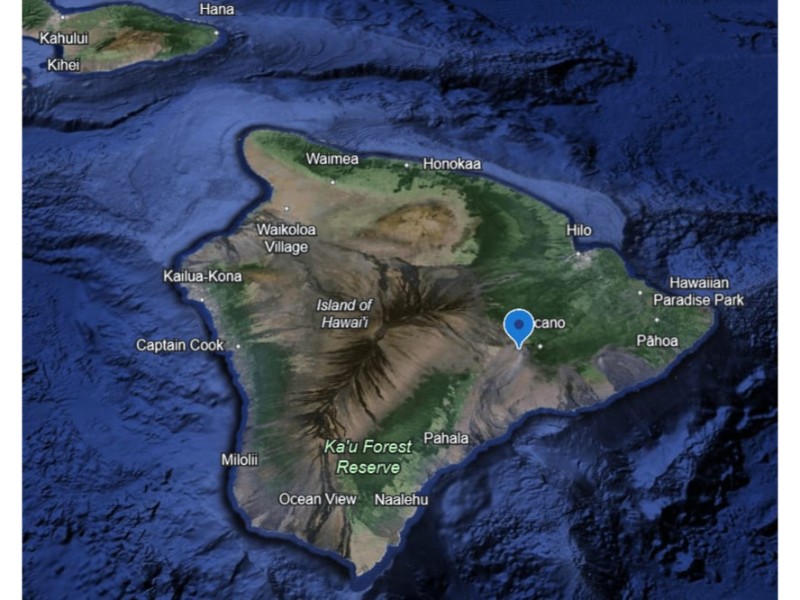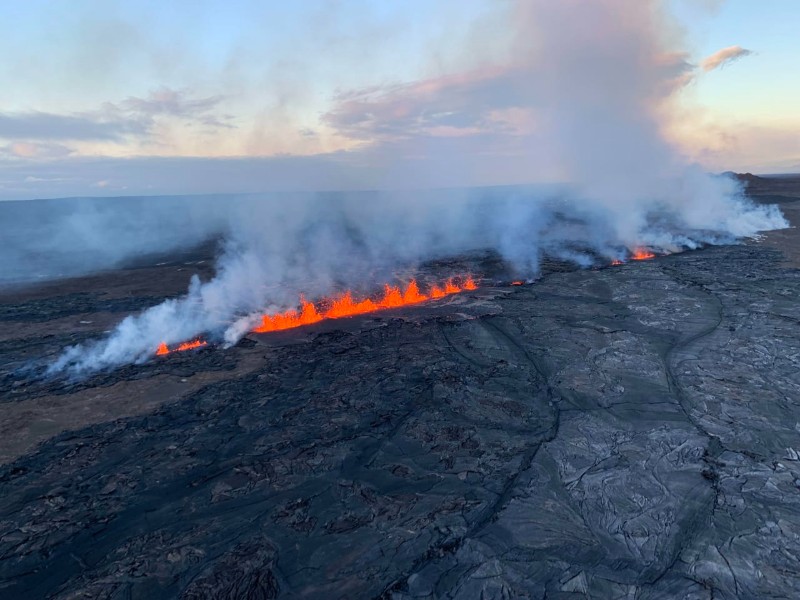Volcanic activity continues within Hawai‘i Volcanoes National Park, with experts anticipating Eruption Episode #26 as of June 18, 2025. Recent eruptions have been relatively short—lasting from a few hours to a day—but they create a spectacular fire show that draws both excitement and heavy traffic near the Kīlauea Volcano.
While beautiful, we understand the concern and unease that comes with owning property on an island that seems to be actively exploding. We sometimes receive calls or emails from nervous clients, especially when national news coverage, like we saw while in our recent trip to Denver, makes it look more alarming than it is.
Rest assured, Kilauea Volcano is very safe even during eruptions, provided you use common sense and follow guidelines. Witnessing molten lava up close is a life-changing experience; it’s one of the reasons I decided to move to the Big Island 25 years ago. In fact, I worked as a volcano tour guide for a year when I first moved to the island. I took numerous visitors to flowing lava. I still remember that exciting days. Nowadays, you can’t get as close as we did before, but the wow factor is still the exact same.
We strongly encourage you to visit the island to see the volcano for yourself!
Here is Kilauea Volcano 101 for you:
Kilauea is one of the world’s most active volcanoes, located on the southeastern part of the Big Island of Hawaii. Despite its frequent activity, residents on the west side of the island, such as those in Kailua Kona and along the Kohala Coast, can rest assured that they are largely safe from its eruptions.
Location and Geography
Kilauea is positioned on the east side of the Big Island, within Hawaii Volcanoes National Park. It sits on the southeastern slope of the larger Mauna Loa volcano, making it seem like a small mountain in comparison to its giant neighbor (USGS.gov) (NPS Website).

Safety Factors
- East-West Location: Kilauea’s eruptions predominantly affect areas to its immediate east and southeast. The west side, including Kailua Kona and the Kohala Coast, are approximately 100 miles away from Kilauea, minimizing any direct impact from its eruptions.
- Natural Barriers: Between Kilauea and the west side of the island are two massive mountains: Mauna Loa and Mauna Kea, each standing over 13,000 feet tall. These mountains act as natural barriers, protecting the west side from the lava flows and volcanic gases emanating from Kilauea (USGS.gov) (NPS Website).
- Kilauea’s Scale: While Kilauea is active, it is relatively small in stature compared to Mauna Loa. Its summit elevation is 4,091 feet, which is considerably lower than the towering heights of Mauna Loa and Mauna Kea (Encyclopedia Britannica).
So.. is it safe?
Yes! If you’re careful and you learn the lay of the land, you can admire the beauty of the volcano without getting bogged down with fear. Living on the west side of the Big Island offers a safe distance from Kilauea’s eruptions. The natural topography, with significant mountain barriers and the geographical positioning of Kilauea, ensures that residents and properties in areas like Kailua Kona and the Kohala Coast are protected from the volcanic activity. Therefore, the west side remains a secure and picturesque location for homebuyers and residents alike.
For more detailed and current information on Kilauea’s activity, you can visit us the U.S. Geological Survey’s website or the Hawaiʻi Volcanoes National Park’s website (USGS.gov) (USGS.gov) (NPS Website). If you have more questions, don’t hesitate!



